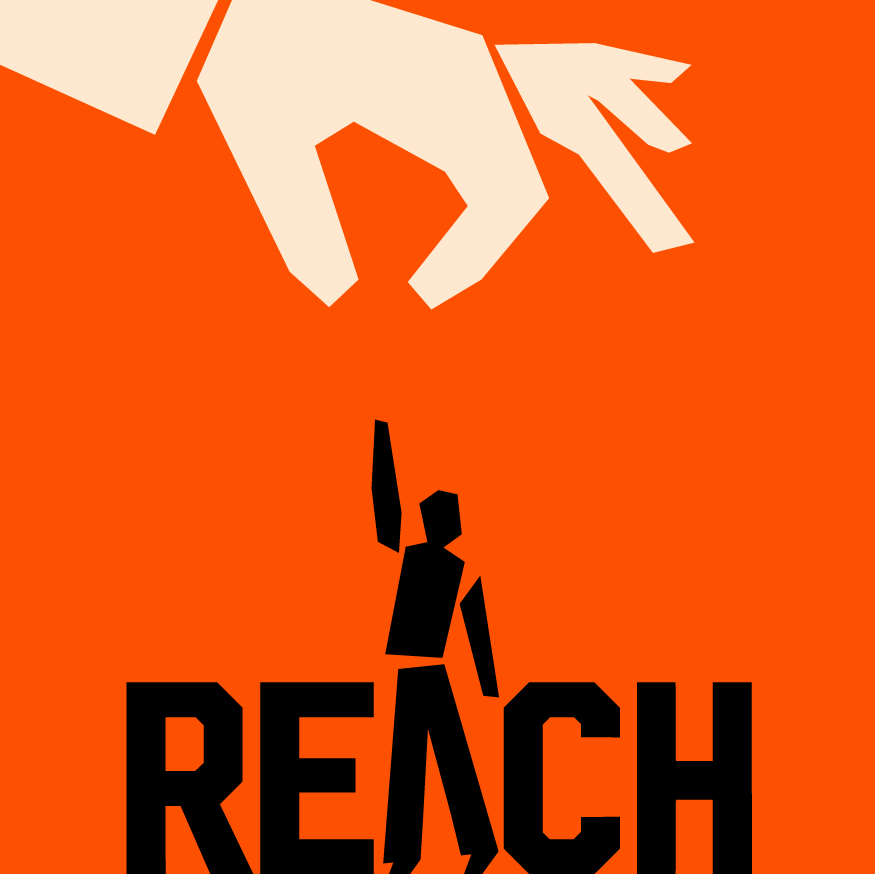Traditional advertising vs. digital ads - what's changed
The most fundamental change between traditional advertising and digital ads is accountability. For a long-time, advertisers had the choice of unaudited advertising (e.g. trade mag ads) or audited advertising (e.g. newspapers, TV, Radio). The unaudited mediums made claims of readers which were not independently audited . The audited mediums were independently audited; however this was not for not for the whole year (e.g. rating seasons on TV). Digital ads are trackable 24/7, 365 days of the year. Not only are the trackable, but they also deliver information on demographics, psychographics, gender and age if you know where to look.
Better targeting
Whereas traditional advertising allowed you to target your audiences with one set of data, digital ads will enable you to use multiple sources to continue to drill down and identify more granular targeting information. The benefit of this is that you spend every dollar more efficiently.
Different approaches for different channels
With digital advertising, the medium is the message. The 'character' of each channel determines both the type of content and the formatting of the message. This is true for both unpaid and paid content.
Content for AdWords should be written in such a way that it reflects the same results as an organic search. Channels like Instagram focus heavily on images and video. Display ads work more like traditional newspaper and magazine, with added features like video and animation. Tailoring content to each channel and target audience is essential to improving click-through rates and quality of leads.
The power of remarketing
Getting potential customers to your website for the first time is a win, but it's rarely enough to ever close the sale. Repeat visits to your website are where the real sales happen, and that's where remarketing can help. Remarketing ads are a way to increase conversion rates from paid online advertising, as well as organic (search) and direct (e.g. email) traffic.
Remarketing ads follow someone who has visited your website. The time you follow someone is variable. You can also create a specific call to action remarketing ads that respond to particular pages on a website. For example, if someone visits a specific product page or an online calculator, you can show ads with a call to action around that content or experience. The other significant aspect of remarketing ads is that you can create campaigns that follow website visitors on the web and on social media.
A cohesive strategy
Paid advertising offers business an opportunity to extend their reach and improving targeting; however, if not properly managed, it can be costly and ineffective. A paid media strategy needs to be driven by clear goals and great creative. You should also allow at least 6-weeks for in-market testing, to fine-tune both your targeting and creative. You should also benchmark your campaign performance against industry standards, to ensure you have realistic expectations of returns on your investment. If you would like to understand more about this process and how you can make it work for you and your business, contact Digital Storytelling Collective today. We can help you develop a strategy and create the creative. We also have decades of experience in media buying and media buying connections.
Want to create a digital ad campaign that runs rings around your competitors? Send us a message






